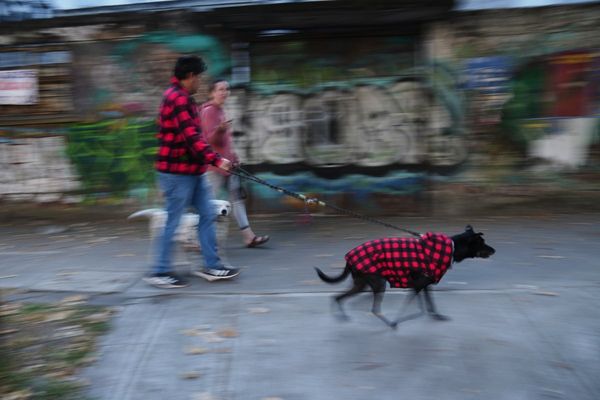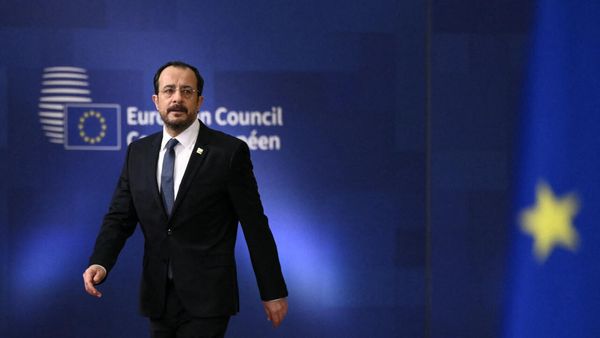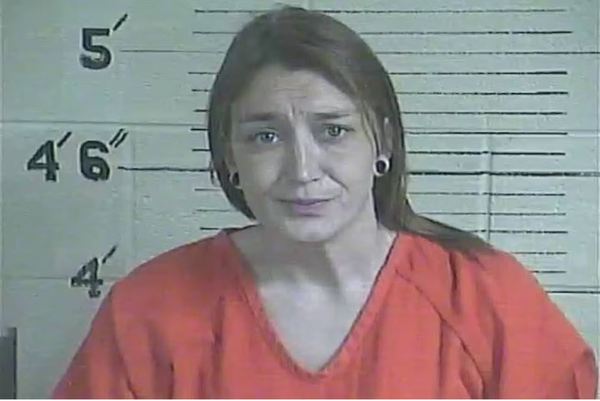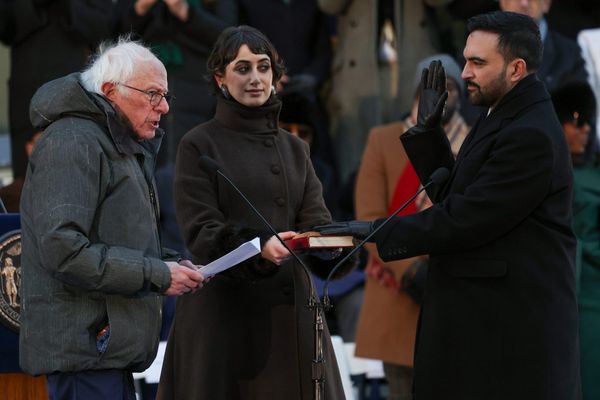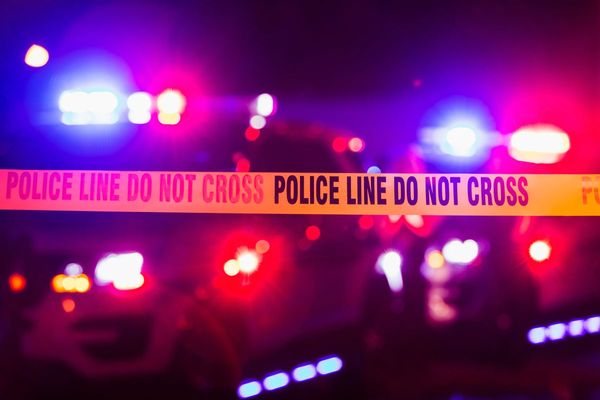WOLCOTT, Conn. — A few weeks after the Sept. 11 terrorist attacks, Leigh Calmar returned from maternity leave to her office on John Street, a 10-minute stroll from the gaping hole where the World Trade Center once stood.
Lower Manhattan was still quiet, everything coated in a fine layer of dust. Fires, sparked by gallons of spilled jet fuel, would continue to burn until mid-December. Calmar’s eyes wouldn’t stop tearing.
“The thing I remember the most is the smell,’' said Calmar, an interior designer who is now 60 and lives in Wolcott. “I can’t even describe it … all I could think was, what are we breathing?”
Eight years later, Calmar was diagnosed with breast cancer, one of thousands of lower Manhattan office workers, residents, students and emergency responders who have experienced serious health issues linked to Sept. 11.
The death toll from attacks in New York and Washington and aboard United Airlines Flight 93 is 2,977. But two decades later, the suffering continues. The number of people who have died from 9/11-related illnesses now exceeds the number of people killed on the day itself: At least 4,627 emergency responders and survivors enrolled in the World Trade Center Health Program have died of a health condition connected to toxins they were exposed to at Ground Zero.
“9/11 did not end on 9/11,’' said Michael Barasch, a lawyer who has represented thousands of 9/11 victims in their quest for compensation.
Among them was the family of Walter Greene, a state police officer who worked with the canine unit and assisted in search and rescue efforts at the World Trade Center site. He died of cancer in 2018; the following year, his name was added to the granite memorial overlooking Long Island Sound honoring those from Connecticut who were killed by the terrorists.
“People continue to get sick and die and it’s not just New York City cops and firefighters,” Barasch said. “It’s thousands of commuters from New Jersey, Connecticut and Westchester. It’s firefighters and cops from New Haven and Stamford and other places in Connecticut who volunteered to help … it’s heartbreaking.”
Government officials, eager to restore a sense of normalcy and stabilize global financial markets, assured the public that the air around Ground Zero was safe. Calmar said she wasn’t sure. When the towers collapsed, a toxic mix of materials was released into the air. Those substances, some of which were pulverized into microscopic particles, included asbestos, plastic, lead and polychlorinated biphenyls, or PCBs, which have been banned in the U.S. since the late 1970s, when they were linked to cancer.
“People say, ‘that was a long time ago …’ but the impact has reverberated over the years,’' said Sen. Richard Blumenthal, D-Conn., who has advocated on behalf of 9/11 victims. “Many survivors are still living with it in a very tangible, immediate way.”
The World Trade Center Health Program, which provides medical monitoring and treatment to those who lived through the attacks, recognizes breast cancer as one of the illnesses and afflictions affecting 9/11 emergency workers and civilians at higher rates than the general population. (Other chronic conditions include sleep apnea, asthma, sinusitis, post-traumatic stress disorder and pulmonary disease. Cancer was added as a qualifying condition about a decade ago.)
The James Zadroga 9/11 Health and Compensation Act, passed by Congress in 2011, provides health care to 9/11 survivors and financial compensation to relatives of those who died. According to a report released in February, 520 Connecticut residents have submitted claims.
Immediately after the attacks, about 30 firefighters from West Haven’s three departments traveled to New York City to help search for survivors. They weren’t part of a formal mutual aide call, but simply went down on their own time.
“How could we not?” said William Heffernan, who retired in January after 28 years with the West Haven Fire Department.
They found a city that was barely recognizable. “There was so much dust and smoke, you couldn’t even tell where the roads were,’' Heffernan recalled.
West Haven Fire Chief James O’Brien can’t shake the memory of the acrid smell of death that permeated the air. “It was all encompassing but you didn’t give it a lot of credence because you were focused on trying to do something,’' he said.
“It was surreal,’' O’Brien added. “Windows were blown out, papers were blowing everywhere, firetrucks crushed like Matchbox toys … we were walking through piles of ash that reached up over our ankles.”
Emergency workers had access to masks but in most cases, they were surgical masks, which do not provide adequate protection against inhaled small particles, toxic fumes and chemicals.
“We’d ask ‘What’s the air quality here?’ and they’d say ‘Well, it’s been tested and we got the green light to keep working,’ “ O’Brien said. “We’d look at each other and say ‘It can’t be safe.’ “
But, he said, most firefighters weren’t focused on the potential long harm of exposure to pollutants. “You’re not going to tell people ‘the air’s not safe, don’t go down there.’ Because if there are people in there, firefighters trapped, civilians trapped, we’re going, whether the air’s good or not.”
The rescue mission soon turned into a recovery operation as it became clear there would be no survivors pulled from the rubble. O’Brien and his fellow firefighters spent several days at “the pile,’' the name emergency responders gave to the heap of debris left at Ground Zero.
About two years later, O’Brien developed breathing issues. He would sometimes wake up wheezing and would often be short of breath. He was diagnosed with asthma.
O’Brien and the other firefighters from West Haven undergo an annual medical checkup at the World Trade Center Health Program Clinical Center of Excellence at Mount Sinai. As of this year, 12 of the 30 who worked at Ground Zero after the attacks have experienced 9/11-related illnesses, O’Brien said.
“I believe the firefighters we lose to cancer and illness will far surpass the 343 we lost that day,’' he said. “Look at the guys who went down there for months and gave their lives after the fact. So I get a little asthma … I’m lucky.”
The World Trade Center Health Program is authorized to cover the medical expenses of 9/11 survivors until 2090, although Sen. Blumenthal said he is concerned the money could run out, given that some illnesses could take years to develop.
Respiratory ailments such as the asthma O’Brien developed were among the first illnesses linked to debris and dust from the attacks. More than 50 forms of cancer were added in 2012, a list that has since expanded to close to 70. Initially, some epidemiologists were skeptical of the connection but some studies have since found a link.
Leigh Calmar said she experienced pain in her breast in 2009 and went for a breast exam. She wasn’t too worried — no one in her family had been diagnosed with the disease.
“But when I went in, they said ‘We think you might have cancer, we have to do a biopsy,’ “ Calmar said. “I was like, what?”
She was treated at Memorial Sloan Kettering Cancer Center, undergoing a lumpectomy, radiation and chemotherapy. She is now cancer-free but the treatment left her with lingering thyroid issues.
She didn’t immediately suspect that the dust and debris she was exposed to for months after 9/11 played a role in her diagnosis. But in 2014, her ex-husband told her about the World Trade Center Health Program and her benefits application was approved.
Calmar says she rarely talks about the experience — ”it upsets my son.” She is grateful that her medical care is covered and knows others who have paid an even bigger price. A friend’s cousin died in the attacks and a former classmate who worked at Cantor Fitzgerald barely escaped.
Before Sept. 11, Calmar said she loved working in lower Manhattan.
“New York City had a buzz, it was really inspiring,’' she said.
Then it was gone.
